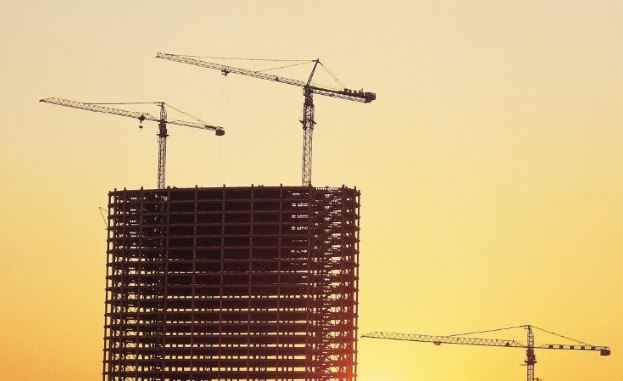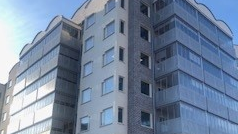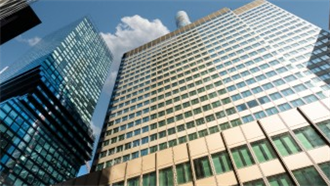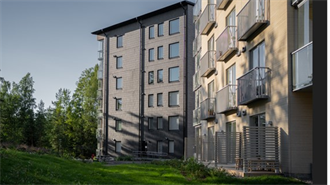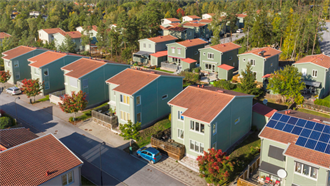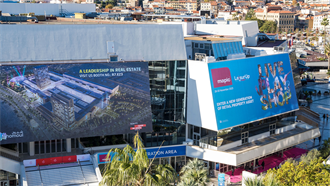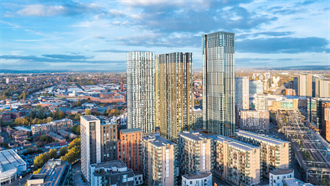Development must be the name of the game in Italy if the country's real estate offering is to meet demand, experts agreed at the Property EU Outlook 2018: Europe & Italy Investment Briefing, which was held in Milan this week.
The panellists’ view was unanimous: more investments are needed in development, regeneration, conversion and repositioning of assets. ‘There is a lot of interest from investors, but there is a lack of product, so creating new product is key,’ said Simone Roberti, head of research, Colliers International. ‘Yet there are no institutional investors in Italy who are willing to do development.’
The lack of local developers willing to invest is hampering the market, said Gabriele Pompei, managing partner, PURE Investment Management: ‘I cannot think of another European country where there is such a situation where locals do not invest or only invest in the same core assets. There are many foreign investors who are interested, come and take a look at the opportunities in the Italian market, have a clear strategy and a good business plan, but cannot find a local partner so they end up leaving.’
Risk aversion tends to prevail for various reasons. Many developers have gone bust, creating ripples of anxiety in the sector; bank financing for development is hard to come by; institutional investors prefer to take the safe route. Uncertainty and caution can lead to paralysis.
______________________________
Click here for video highlights
and the presentation from the event
______________________________
‘As the Italian market improves, there is a real hunger for good products,’ said Maurizio Grilli, head of investment management analysis Risk and strategy, BNP Paribas Real Estate. ‘Redevelopment is a clear road to go down. Look at areas outside the CBD, target obsolete offices and turn them into high-standing residential.’
Urban regeneration is another opportunity, repositioning assets and mixed-use developments. It is estimated that in Europe the percentage of offices that are less than 10 years old is less than 20% on average, but in Milan it is 10% and in Rome it is probably closer to 5%. ‘There is a clear case for doing some hardcore capex in the best areas and extract significant value,’ said Grilli.
‘In other words, if you cannot buy core, you can create core. There is plenty to do and not just in Milan, even if Milan is the best example of what can be achieved.’ The repositioning of assets ‘is where the real market is in Italy,’ said Federico Sutti, managing partner, Dentons Italy. ‘A notable example is Piazza Cordusio in Milan, which was abandoned for 20 years, where every single building is being refurbished, prices have gone up 20% and keep going up.’
The opportunities are by no means limited to the office sector or to the big cities. ‘Existing retail assets can be redeveloped and converted into near prime assets,’ said Alexandre Fernandes, head of asset management Europe, Sonae Sierra. ‘We believe we can create value, so we have chosen to develop ourselves in partnership with a local developer, a €200 mln investment in a secondary location, and we see many more similar opportunities.’
With tourism booming, in Rome and other cities office buildings are being turned into hotels because demand is high. ‘There are new operators in the hospitality market who prefer to convert old buildings because they can adapt them better to the new trends and it is less expensive,’ said Marco Comensoli, head of hotels and leisure, Colliers International Italy.

